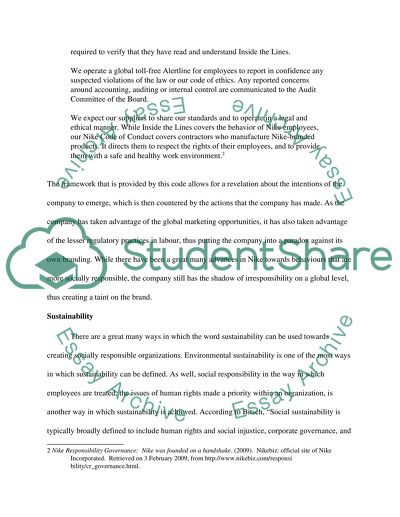Cite this document
(“Emerging Business Themes Essay Example | Topics and Well Written Essays - 2750 words”, n.d.)
Retrieved from https://studentshare.org/environmental-studies/1405157-emerging-business-themes
Retrieved from https://studentshare.org/environmental-studies/1405157-emerging-business-themes
(Emerging Business Themes Essay Example | Topics and Well Written Essays - 2750 Words)
https://studentshare.org/environmental-studies/1405157-emerging-business-themes.
https://studentshare.org/environmental-studies/1405157-emerging-business-themes.
“Emerging Business Themes Essay Example | Topics and Well Written Essays - 2750 Words”, n.d. https://studentshare.org/environmental-studies/1405157-emerging-business-themes.


